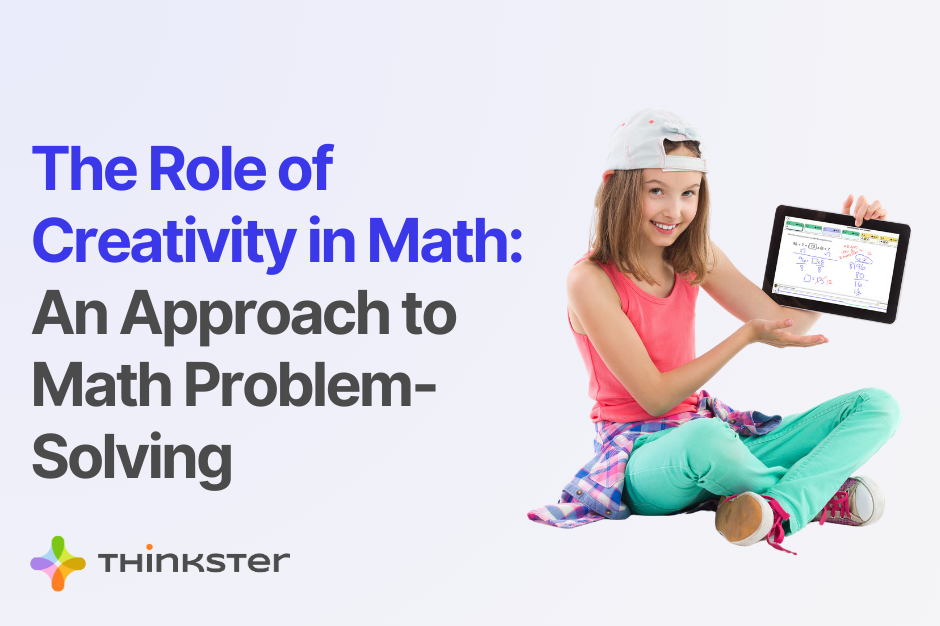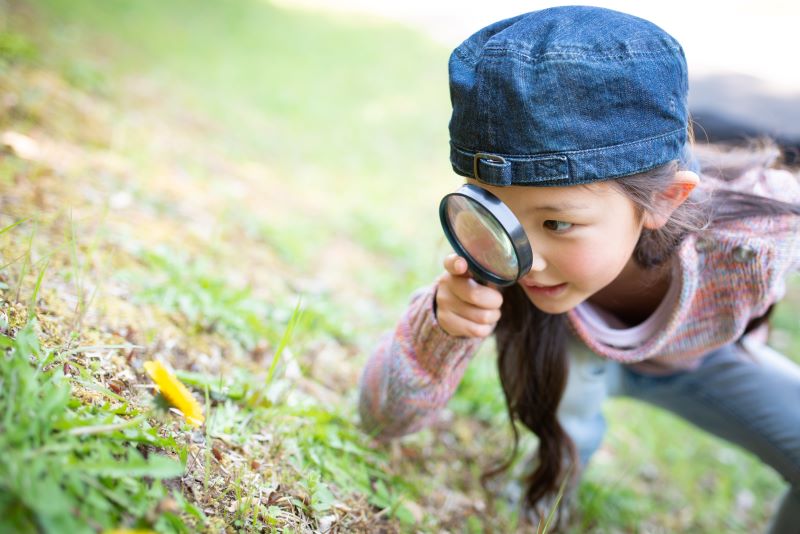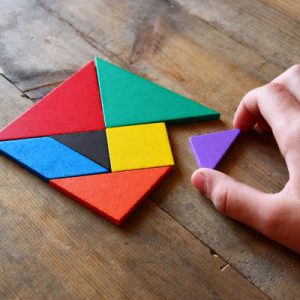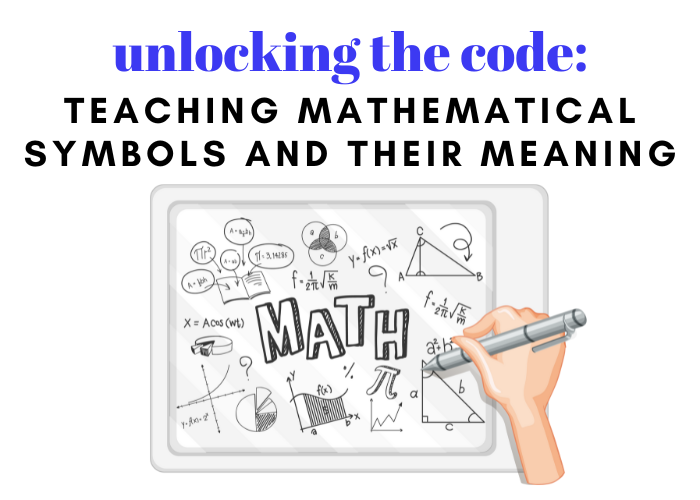

Last Updated on June 26, 2023 by user
How would you define awareness? Is it something that comes naturally, or is it something you must take time to cultivate? And when you think of your child, would you say they’re observant and aware?
Awareness and observation are actually skills that must be nurtured and developed, just like reading and writing. They’re foundations for learning, and the better your child is at observing the world around them and at being aware, the easier it will be to master the skills that come after, such as being an effective communicator or adapting easily to change.
Observation and awareness are the foundational cognitive abilities required for all the other cognitive skills like focus, concentration, and attention. This means they’re brain-based and that they contribute to learning. And not surprisingly, they’re pretty closely related. In fact, it’s impossible to have one without the other. As an infant, if you couldn’t observe your parents — if you couldn’t hear their voice or smell their scent — you’d have no awareness of who they were or even that they existed. Even children who are born without one or more of their five senses are able to use the remaining ones to observe their environment. They may be unable to hear a parent’s voice, but they can feel the love present in a cuddle and may be calmed by the way their parent smells. Similarly, children who are born blind can still hear a parent sing a lullaby, and they still know what it’s like to be held and comforted. These are all results of observation. And through this observation, a child becomes aware that he is loved.
It’s the same throughout our lives, even as we age. We are always observing and noticing new things. As a result, we learn about them. And the better our skills in observation, the more aware we become. If we develop these skills when we’re young, they give us a better foundation on which to build our scaffold of learning.
To gain a better understanding of how observation affects awareness, try to remember the last time you visited an amusement park. You probably didn’t realize it at the time, but you were making observations about the experience from beginning to end. It probably began with parking and progressed something like this:
These observations all came together at the end of the day to make you aware of how you feel about trips to the amusement park. As a result, you either learned that amusement parks are a fun and affordable way to spend an afternoon or that you would rather choose another activity to fill your time. A friend or family member could have told you what it was like to experience an amusement park, but until you tried it for yourself, you may not have had a realistic view. It was an observation that informed your decision, or that made you ‘aware’ of how you feel about amusement parks in general.
Skills in awareness and observation are critical because they help us better understand the world and our individual environments. When you consider the term ‘observation,’ you may envision a child studying an ant as it scurries past or a toddler checking to make sure a parent is still nearby. Most of us, when we think about observation, are immediately reminded of the sense of sight. However, observing the world requires multiple senses. We see a train traveling past, but we also hear the noise it makes as it clacks along the tracks. We feel the rumble of the earth as it roars by, and we may smell odors such as oil or diesel fuel.

From these observations, we may deduce that trains are big, heavy, and fast-moving. As a result of our observations, we understand. These observations make us aware of what’s happening in our immediate vicinity. As a result, we become more enlightened and more knowledgeable regarding the things that are going on around us. It’s no different for children.
Young children must develop skills in observation and awareness to help them navigate throughout their day. They must learn concepts such as personal space, taking turns, raising their hands to ask a question in class, and that the last bell of the day means it’s time to line up for the school bus.
As adults, we take these skills for granted, but that’s only because we’ve been practicing them since birth. We’ve learned to be aware of traffic patterns throughout the morning and evening commute and to silently measure the boss’s mood by noticing his facial expressions. It all feels as though it comes naturally. For young children, however, the lines are not so clear. Most children need nurture and instruction to learn how to process life in a realistic way. As a parent, there is much you can do to help improve the way your children take in and assimilate the world around them.
An easy way to help your child be a good observer is to ask open-ended questions about what they’re seeing, feeling, smelling, tasting, or hearing. For example, if you’re cuddling with the family pet, ask your child to describe how fur feels. Ask them silly questions such as whether they feel dinosaurs would have felt the same. Ask them why they think dogs and cats have fur and humans do not. Ask them to consider whether your pet likes his fur or considers it a hindrance. Questions like these not only strengthen a child’s ability to observe, but they improve powers of reasoning and communication, too. Your child’s vocabulary will expand, and they’ll be better able to explain the concepts they’re thinking about.
Sensory toys, too, are great tools for building skills in awareness and observation. These tools help children understand how things feel and move and how they interact with other objects. For instance, sand pours silently from a bucket while LEGOs clatter noisily about. Good sensory toys include:
Anything that’s age-appropriate and that allows your child to feel, experience, and manipulate their environment will help them develop stronger skills in observation and awareness of the world around them.
Activities that promote the cognitive skills of awareness and observation are all around you and your child. Watching the animals via online webcams from the National Zoo is a great rainy-day activity, so is a rollicking game of I Spy. If you’re on a long car trip with the kids, try searching for out-of-state license plates on the cars that pass by. Or, see who can spot the most blue cars in a parking lot. Challenge children to stare at a tray full of toys for 20 seconds and then close their eyes and call out as many as they can remember.
Reading to your kids is another way to promote their skills in observation. As you go through the storybook, point out the Cheshire Cat or the Cat in the Hat and ask your child what’s most obvious about him. Or, ask your child to count the number of spots on Harry the Dirty Dog before he embarks on his dusty adventure.

Games are great for polishing observation skills, too. Games such as Perfection and Operation teach kids to notice the sizes and shapes of holes, so they can place matching pieces inside or take them out without sounding the buzzers. Matching games and games where children compare two pictures to find the differences are ideal as well. Really, any game you can play with your child that challenges them to notice things or to recall things they’ve seen, heard, tasted, felt, or smelled can be considered a solid choice.
John Deere: Explore and Find Around the Farm, by Jack Redwing. Illustrated by Alexandra Bye
Seek and Find: Dinosaurs, by Romain Amiot. Illustrated by Loic Mehee
East Coast Assistance Dogs PUPPY CAM
Monterey Bay Aquarium Jelly Cam
The Homeschool Scientist: Nature Observation Printables
Urban Ecology Center on YouTube


